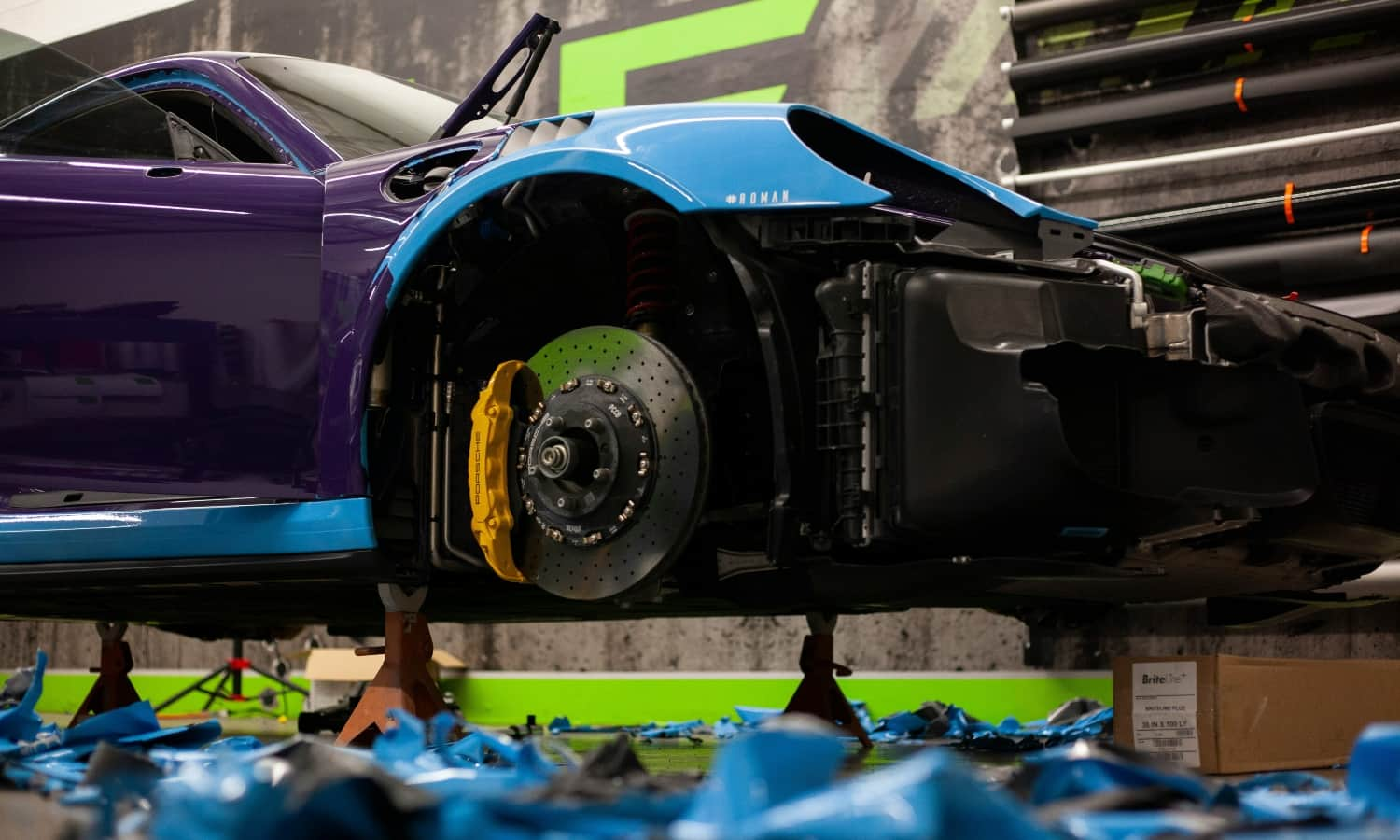The automotive aftermarket industry is experiencing remarkable growth. As vehicles age, they become frequent guests at repair shops. But this is just one of many reasons that keep the cash registers ringing for businesses in the aftermarket sector.
There’s more that’s feeding the growth. And if you ask me, it’s the blend of technological advancements and the DIY spirit. Most people associate innovation only with new cars, but a big part of it is about enhancing existing ones. And that’s no longer just a trend. Car modding has become a lifestyle for many enthusiasts.
In a sea of uniformity, modern vehicles often fail to stand out, with their cookie-cutter aesthetics and cheap materials that lead to more frequent malfunctions. This has driven many aficionados towards yesterday’s passenger car models, whose distinctive designs and more affordable prices allow for a personal touch. People even transform older BMWs into bakkies rather than buying new pick-ups.
This cultural shift has not gone unnoticed in the digital realm. My social media feeds mainly consist of posts about modded cars, as many new influencers are dedicating their platforms to the automotive aftermarket scene.
Auto blogs like DMotus are entirely focused on cost-effective yet impactful customizations, guiding readers to personalise their rides without breaking the bank. Then there’s the economic side of things.
The last couple of years have been a rollercoaster. Many people aren’t eager to “invest” in a new vehicle. In other words, people are turning to the aftermarket to keep their current cars running longer. It looks like the market growth isn’t slowing down anytime soon, and I’m really curious to see how much further it can go. Here is the current state.
How Big is the Aftermarket Automotive Industry?
The automotive aftermarket industry is a significant sector, marked by its impressive valuation and continued growth potential worldwide. I’ve been looking at the figures, and it’s pretty clear the industry is huge. According to Grand View Research, in 2023, the global market size was valued at a colossal U$448,24 billion. The expectations are that the market will expand at a 4 per cent CAGR from 2024 to 2030.
Automotive Aftermarket in South Africa
The automotive aftermarket industry is also a key economic contributor in South Africa, experiencing strong growth since the early 2000s. Tyres are the largest revenue generator, but the market is primarily propelled by vehicle owners looking to improve their cars’ performance and appearance, states GMI Research.
Industry Evolution and Market Trends
Global events and technological advancements dictate the key trends in the automotive aftermarket industry. Here is what I believe contributes the most to the market growth.
Impact of the Pandemic on the Automotive Aftermarket
The pandemic threw a wrench in the works, slowing down the industry in 2020. That was short-lived; I witnessed the demand for replacement parts get back on track as folks realized that keeping their existing vehicles in good shape might be the wiser choice.
Global Economic Conditions Fueling Growth
With economic growth and a bit of inflation in play, the industry needs to meet the new demands. Consumers are spending, but they’re also trying to be clever, demanding affordable solutions for maintaining their vehicles. I do the same for both automotive aftermarket parts and mods.
Electrification and the Rise of EVs
EVs are gaining popularity, and with them comes a whole new roadmap for the industry. Battery replacements, performance mods, interior accessories, and all kinds of aftermarket automotive components offer new opportunities. I can see that the race is on to build expertise in this segment.
The Role of E-Commerce in Aftermarket Sales
Last but not least, E-commerce is the new storefront for aftermarket sales. Actually, I think that’s the biggest game changer. Smart digital platforms allow us to access a global inventory from the comfort of our homes and get parts delivered faster than ever. In my opinion, making consumers’ lives easier is what causes e-commerce’s explosive growth in the automotive aftermarket business.
Regional Insights and Growth Opportunities
During my research, I’ve noticed that each region of Africa has its own drivers and potential areas for growth. I’m talking about population trends, the burgeoning middle class, and urbanization patterns. For the purpose of this article, I’ll just share my thoughts on South Africa, specifically.
Expanding Automotive Aftermarket Industry in SA
Apart from the factors impacting the global automotive aftermarket industry, South Africa is going through a massive transformation thanks to the AfCFTA. SA started trading under the African Continental Free Trade Agreement at the end of January this year.
This will enhance South Africa’s access to emerging domestic and international markets. What I also see happening in the near future is a serious boost in demand for auto parts as well as the digitalization of automotive component delivery services.
I believe the AfCFTA will strengthen the local industry by encouraging the development of a regional supply chain. This will provide opportunities for South African businesses to scale up production and distribution of aftermarket parts.
In conclusion, I’ll say that tapping into an expanding market of car owners and enthusiasts is something that no business owner should underestimate. The automotive aftermarket’s growth is a fact, and so are the opportunities it presents for the aftermarket businesses.








Leave A Comment